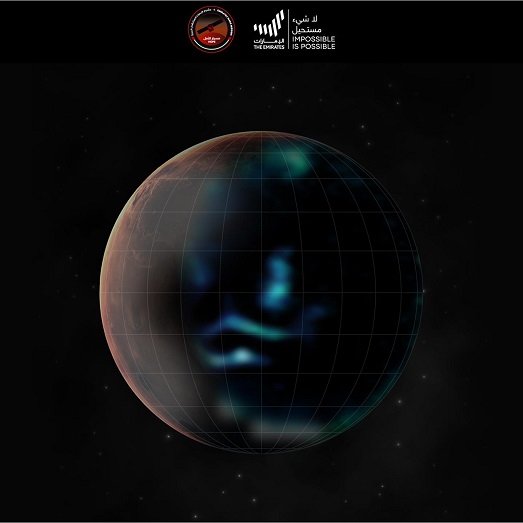Recently, the Emirates Mars probe Hope captured Martian auroras in ultraviolet light.
The formation of aurora is related to solar wind. Charged particles of solar winds are attracted by the planet's magnetic field, then they interact with the atmospheric gases and light is emitted. The Earth's magnetic field directs charged particles to the polar regions producing auroral ovals at high latitudes. The auroras photographed by the Hope probe are highly structured discrete auroras at various altitudes not confined to higher altitudes. The reason is that Mars does not have a global magnetic field, but it has localised patches of magnetic field that originated from minerals on the surface. Solar wind's charged particles are funneled down to the patches and excite oxygen, forming auroras in ultraviolet light. This discovery helped us to understand the Martian atmosphere and mineral distribution.
On the other hand, astronomers detected gravitational waves triggered when black holes and neutron stars collide for the first time.
BlackHoles and NeurtronStars are compact objects formed after the deaths of massive stars. According to Einstein's GeneralRelativity, gravity produces Gravitational Waves which can be pictured as waves that ripple out across the water surface. When compact objects orbit each other or even merge, powerful gravitational waves are created. LIGO had detected gravitational waves from the black hole-black hole or neutron star-neutron star collisions. This is the first time gravitational from black hole-neutron star coalescences were detected. The observations help us to study the neutron star-black hole binaries.





